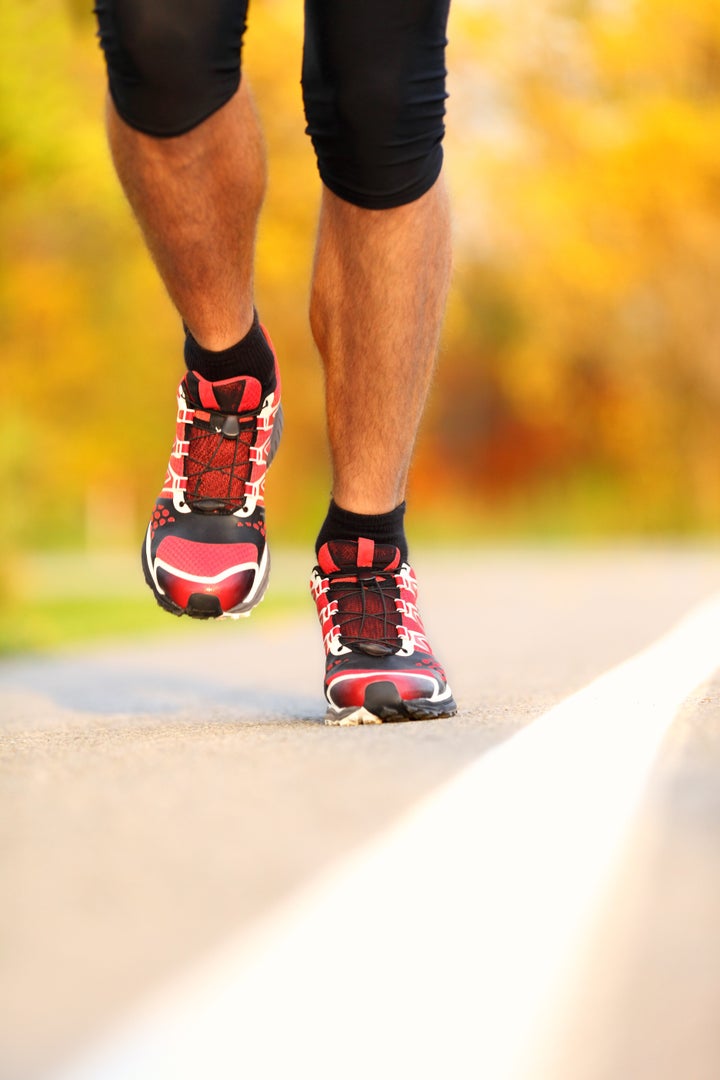
It's marathon season here in the Big Apple and running fever is spreading like wildfire. You may not be a serious runner and have no plan to participate in the 26.2-mile jaunt; but it's still important to understand how to properly prep and train your body to be injury-free while running any distance. Whether you're running to stay in shape or racing for the gold, you should be aware of the things you can do to keep injury at bay.
If you've read through my blog, you know I'm a stickler for warm-ups. In my opinion, if there isn't enough time to warm up, then there isn't enough time to work out. If professional athletes, who are in phenomenal shape, have to spend a considerable amount of time warming up, then why shouldn't we?
Running frequently, especially long distances, can cause lots of aches and pains if your body isn't conditioned for the task. Muscle imbalance and weakness and/or poor mobility can quickly derail your routine. Running isn't as simple as it seems. Every part of your body plays a role to help you move correctly.
This is the first of a series of blogs that will keep you injury-free while running. This post will focus on mobility and flexibility, and by the time I've completed the series, you'll be ready to take on your next marathon or your average jog.
Before working out, I have a series of warmups that I go through to prep the body for movement. These movements focus on the entire body. To you, running may seem one-dimensional -- you're using your legs the whole time, but in fact, without good mobility through your spine and shoulders, you're more likely to have poor form and therefore poor performance. In short, get your entire body warmed up before you go for a run!
In addition to the different mobility exercises I do to warm up, it's important to perform what is known as myofascial release (aka a fancy term for a self-massage). To do this, you can use a foam cylinder or a hand-held rolling tool and go over the different muscles in your legs.
Everyone has a fascia covering their muscles. To put this in simpler terms, think of the fascia as skin for our muscles. What tends to happen when we put our bodies through repetitive movement -- such as running, biking or swimming for long distances -- is that the fascia that covers heavily used muscles will get stuck different points along the muscle fibers. This can limit the range of motion that the muscles need to work properly. Yes, we all try to stretch before and after we go for a run, but that's not enough. Sure, it keeps the fascia and muscles moving freely, but stretching while we have sticking points doesn't release the problem areas. The friction of rolling myofascial release will break up the sticking points, allowing for better movement.
During a run, the ITB, or the iliotibial band, is frequently overworked and causes pain to the knee. It is a common occurrence called ITB syndrome. This is yet another important reason for myofascial release at the beginning and end of your run. The ITB is a unique muscle fiber that runs from your glute to your knee, and the fiber is so unique that stretching doesn't affect it -- meaning, if you don't massage it to keep it mobile, you risk getting runner's knee.
You should also note that once you have an injury like runner's knee, myofascial release isn't the solution. You may have to simply rest or seek physical therapy. The wise thing to do is to warm up thoroughly and foam roll before you have problems.
So what did we learn in post one?
- Do a warmup first to increase your range of motion and body temperature.
Doing this will not only help prevent injuries, but also increase performance. Be sure to check out my videos here and here to learn more.
Next time you hit the pavement, you'll be ready to go!
For more by Matthew Basso, click here.
For more on fitness and exercise, click here.